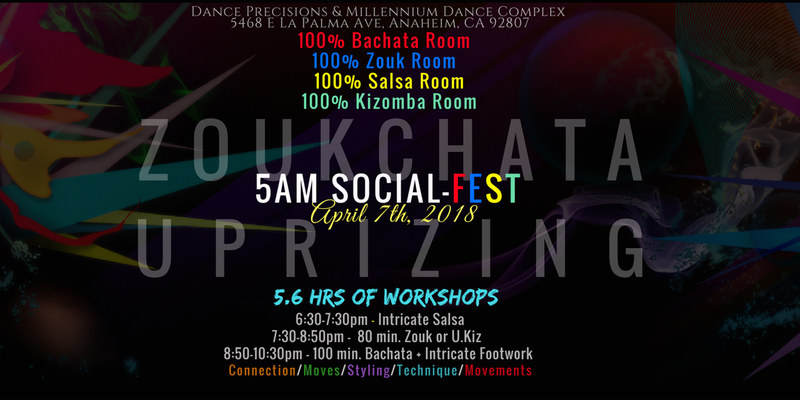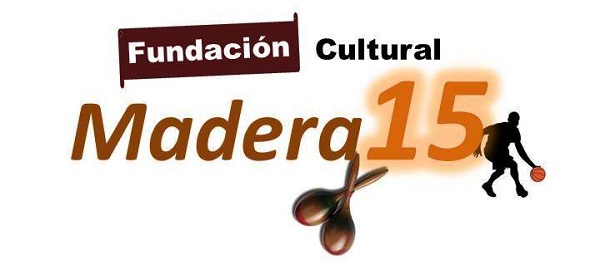Latin America / Puerto Rico / Puerto Rico
Puerto Rican singer Eduardo Herrera presents us with his new album “Libre” which will have 10 songs, one of them has the same title as the album, which aroused our curiosity. He mentions that his song “Libre” deals with a false love that destroys and manipulates at his convenience, his process of liberation from all that is bad or toxic in that love and, above all, the search for a force to have the courage to face everything and so on. being able to value yourself as a person and being able to look at yourself in the mirror.
Eduardo Herrera tells us that “it is not just a song, it is a way to get out of a prison, of the emotional and physical abuse that you can receive from a person who supposedly loves you… for me it has a lot of meaning, I sing it with great emotion because I lived it I got over it and now I’m free.”
The origin of the album was thanks not only to the singer but also to the good musicians who accompanied him, designed and finished him, among them the arrangers Richard Marcell (piano and bass) and Adán Pérez (piano), Tito de Gracia on percussion, Juan Carlos Cardona (Juako) with Trombones, Jesús Alonzo with Trumpet, Ángel Torres with Baritone.

Eduardo Herrera says that since he was a child he has sung in different choirs as he mentioned in the previous report, but from the age of 11 he fell in love with tropical music thanks to Jerry Rivera with the song “Casi un Hechizo” becoming addicted or passionate about the sound of the trumpets the congas and the romantic songs. After the separation of his partner, he began to write his own songs, and later he met a first-class musician named Adán Pérez, a great pianist and arranger; together they met to write and create the current themes of the discography.
He (Eduardo Herrera) also told us that he was in a choir called the Housing Authority Youth Choir, where he had many pleasant experiences and the opportunity to sing at Radio City Music Hall with the British Rock Symphony. In 2016 he produced an album of sacred music and had the honor of meeting Richard Marcell, winner of several Grammys as an arranger and musician, in that production he made 5 excellent songs.
The discography “Libre” has themes that speak of pain, love and the hope of a new beginning for the artist, that is, it is a production with a great variety of lyrics, he confesses that each song is its own story, it has its own identity and hopes that the salsa audience enjoys his work to the fullest since he left his whole being in that production.
In order for the professional life of an artist to be recognized, the greatest obstacle must be avoided, which is oneself, limiting oneself, being afraid; always says: to all my brothers or sisters who are starting something or have a goal in life, don’t give up, fight for your dreams
For more information:
- Phone: +1 787 399 5064
- Email: [email protected] / [email protected]
- Facebook: https://www.facebook.com/eduardoherrerasalsa/
- Instagram: https://www.instagram.com/eduardoherrerasalsa/
- YouTube: https://www.youtube.com/user/eduardoherreramusic














